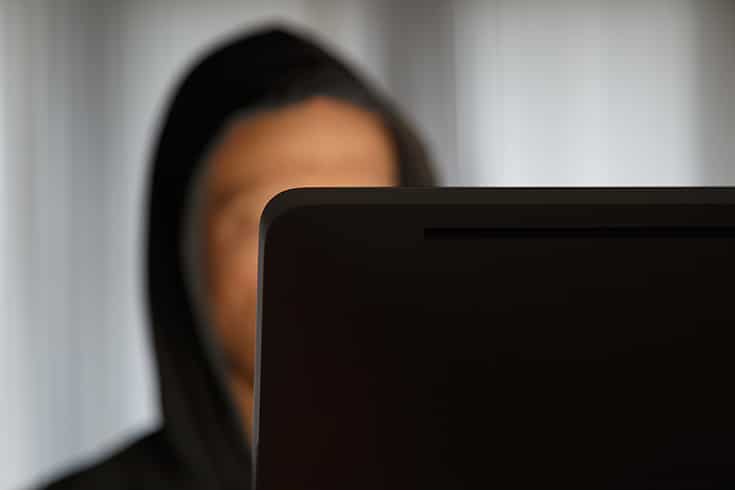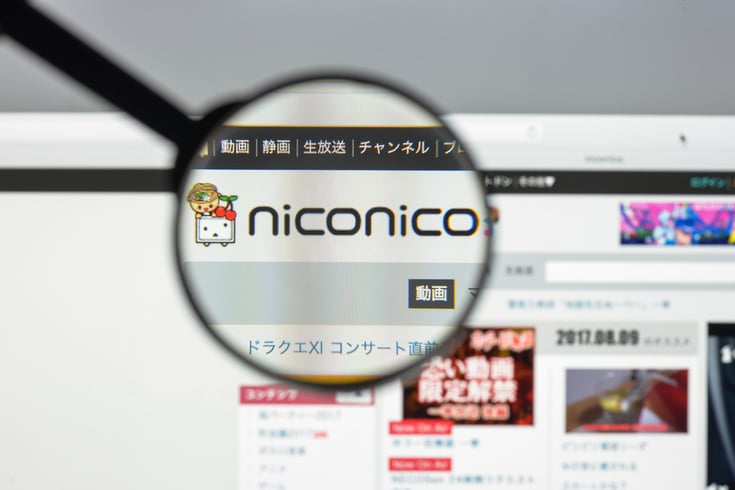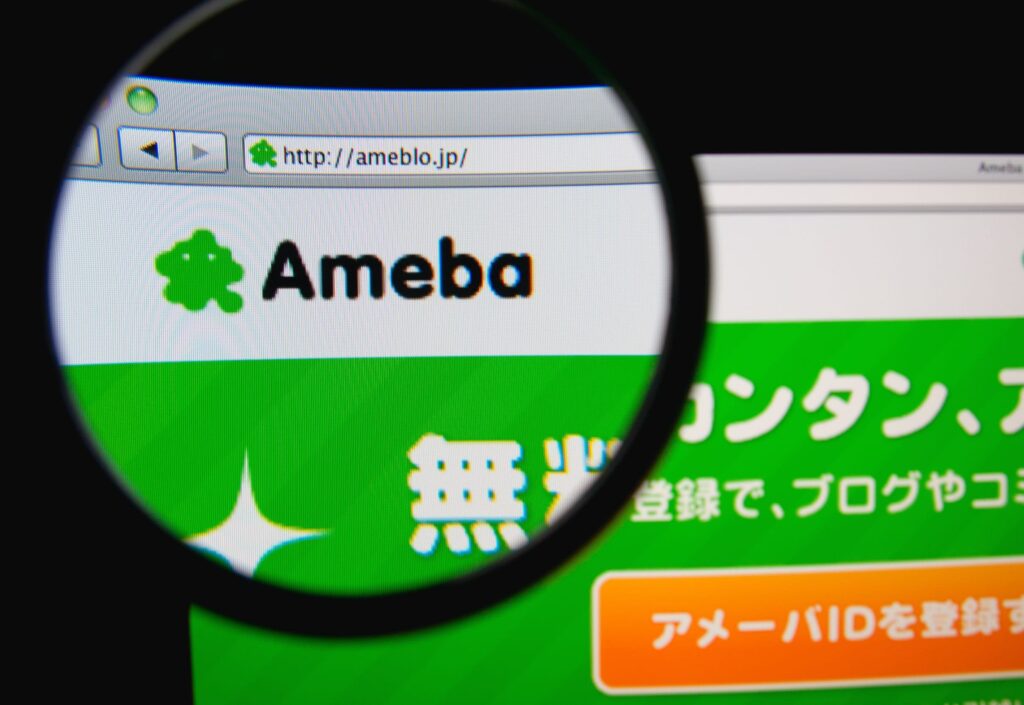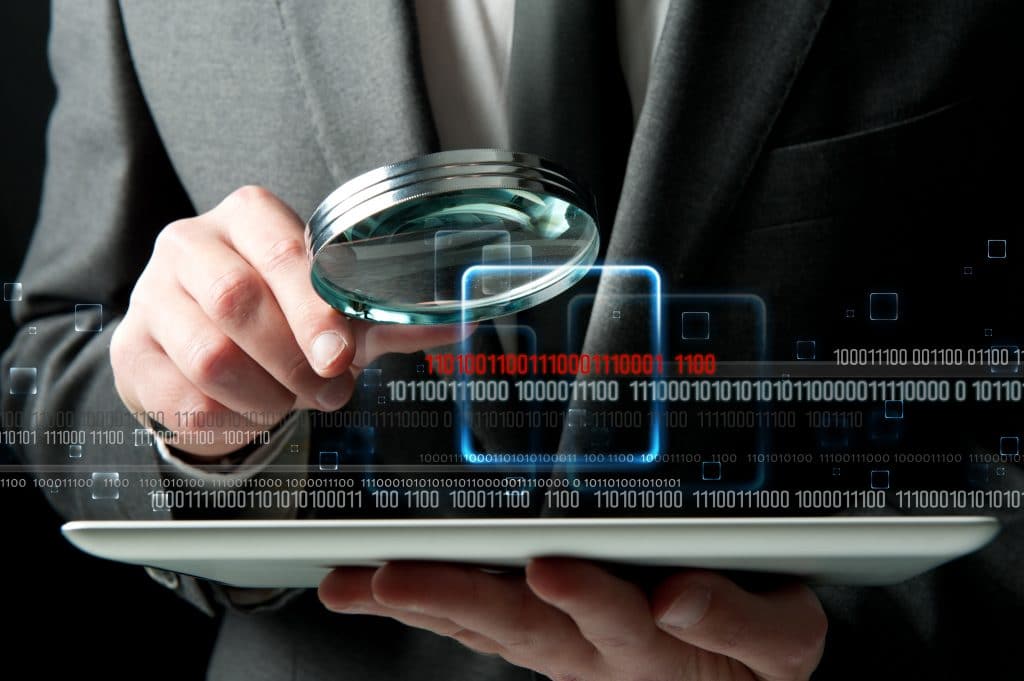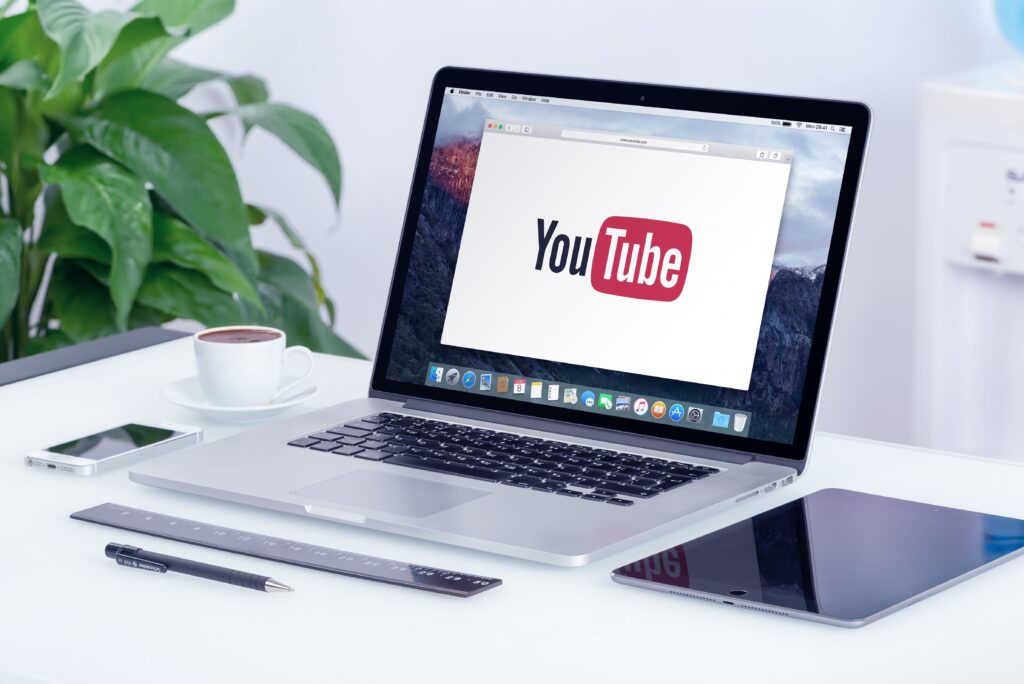An Attorney Explains How to Identify the Name and Address of a YouTuber Who Has Defamed You in a YouTube Video

On YouTube, there are videos where YouTubers discuss social issues or troubles among other YouTubers, so-called “speaking out” videos. Depending on their content, these videos can be considered defamatory to those mentioned in them. In such cases, there is a possibility that the person who made the defamatory remarks, in other words, the YouTuber who posted the video on YouTube, could be sued for damages.
However, many YouTubers, while they may reveal their channel names, handles, and faces as YouTubers, do not disclose their real names or addresses. In order to make a claim for damages, it is necessary to know the name and address of the other party, so it is necessary to identify the name and address of the YouTuber who posted the video.
So, what procedures are necessary to identify the name and address of a YouTuber who has posted a video on YouTube?
To give the conclusion first, there are, broadly speaking, two methods for this identification. And there is a relationship that “which method should be used depends on the other party (YouTuber)”. If you choose the wrong method, there is a risk of failing to identify, or of wasting time and money until identification, as will be explained later.
Below, I will explain the methods for identifying the name and address of a YouTuber who has posted a video on YouTube.

Basics of Identifying Posters in Cases of Reputational Damage
When you suffer from any kind of defamation on the internet, including anonymous message boards and blogs, not just YouTube, the basic method to identify the poster follows the steps below:
- Request the site operator (Google in the case of YouTube) to disclose the IP address of the poster at the time of the problematic post
- Once the IP address is disclosed, the connection provider can be identified, so request the provider to preserve the log (prohibit deletion)
- Request the provider to disclose the name and address of the subscriber who was using the said IP address
This is done using a procedure called a sender information disclosure request, which is stipulated in the Japanese Provider Liability Limitation Act. In the case of YouTube, it is possible to disclose the name and address of the video poster, that is, the YouTuber who uploaded the defamatory video to YouTube, following the above steps.
For the basics of sender information disclosure requests, we provide a detailed explanation in the following article.
https://monolith.law/reputation/disclosure-of-the-senders-information[ja]
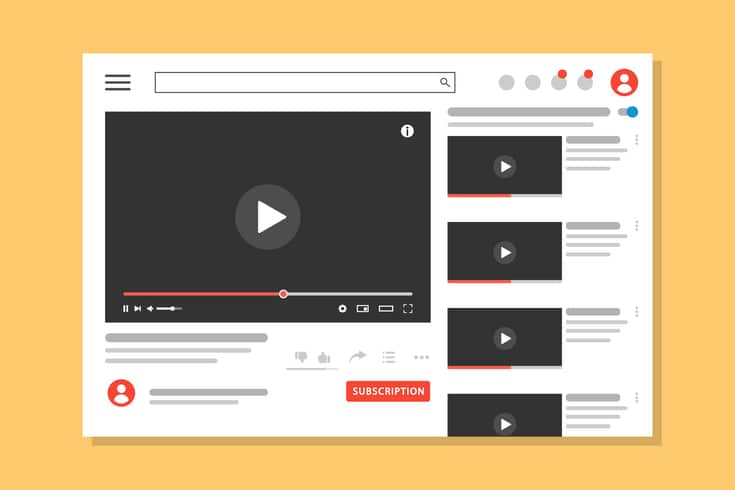
If the Channel is Monetized, You Can Directly Request the Disclosure of the Address and Name
Why We Request the Disclosure of the ‘IP Address’ on a Regular Site
However, in the case of YouTube, there is another possible approach.
This is a bit complicated, but why do we initially ask the site operator to disclose the ‘IP address of the poster at the time of posting’ in the ‘basic method’ mentioned above?
This is because ‘many sites on the Internet, such as the anonymous bulletin board “5channel”, allow anonymous posting, which means that the site operator does not know who in the real world made the problematic defamatory post in the first place’.
In other words, even if we demand the operator of 5channel to ‘disclose the address and name of the person who made the defamatory post’, the answer would be ‘we (the operator) do not even record who posted it’. However, although we will omit the details in this article, the site operator does know the IP address of the person who posted (in many cases). That’s why we request the disclosure of the IP address, not the address and name.
In the case of YouTube, it is basic to request the identification of the address and name of the user who made the defamatory comment from the disclosure of the IP address, not the ‘video poster’ but the ‘user who is commenting’. Detailed explanations about this procedure are given in the following article.
What is Monetization by YouTube’s Partner Program
In the case of YouTube, the operator knows the address and name of some channel operators (YouTubers). This is related to the so-called ‘monetization’. YouTube has a system where popular channels that meet certain conditions can monetize through the partner program, that is, YouTubers can earn advertising revenue in relation to the people who watch the videos.
And when you monetize, you need to:
- Set up YouTube and Google AdSense
- Register a bank account and address with Google AdSense
- Enter the PIN code written in the mail sent to the registered address and receive authentication that it is the correct address
This is the flow.

In other words, in order to earn advertising revenue from videos posted on YouTube, you need to apply to Google for at least a bank account that can be transferred to and an address where mail can be delivered.
In other words, Google, which operates YouTube, knows the bank account, address, and name of the operator of the channel that is monetized.
How to Tell if a Channel is Monetized
It is not immediately apparent from the appearance of a channel whether it is monetized or not. However, Google publishes the criteria for monetization, and at least as of the time of writing this article, they are as follows:
Comply with all YouTube channel monetization policies.
Overview and Eligibility of the YouTube Partner Program[ja]
Live in a country or region where the YouTube Partner Program is available.
There are no valid community guideline violation warnings on the channel.
The total playback time of valid public videos is more than 4,000 hours in the last 12 months.
The channel has more than 1,000 subscribers.
Have a linked AdSense account.
These are the conditions for being allowed to monetize. Particularly important and distinguishable from the outside is the point that the channel has more than 1,000 subscribers. In other words, if the number of channel subscribers is less than 1,000, there is no possibility that the channel is monetized and therefore Google knows the address and name of the YouTuber.
However, even if the number of channel subscribers is more than 1,000, it does not necessarily mean that the channel is monetized. This identification is difficult, but at least if the YouTuber states in the video that ‘I am monetizing’, it means that monetization is being done.
And whether or not monetization is being done makes a difference in the procedure for identifying the address and name of the YouTuber, as follows:
Specific Procedures When No Monetization Has Been Carried Out
As mentioned above, the process is as follows: (1) IP address disclosure → (2) log preservation → (3) disclosure of name and address.
At least fundamentally, (1) the procedure is a swift one using the courts, known as “provisional disposition”. This system is recognized because there is a risk that if the process from video posting to (2) log preservation is not completed within three months, the logs will disappear, making (3) disclosure of name and address impossible. For more detailed explanation about the issue of time limit for identifying the poster, please refer to the article below.
https://monolith.law/reputation/prescription-of-defamation[ja]
In other words, the above method is an extremely time-sensitive procedure that will fail due to the “time limit” issue if it is not started within 1-2 months at the latest after the video is posted.
Specific Procedures When Monetization is Being Carried Out
Initially, it is sufficient to request Google to disclose the name and address of the video channel operator.
However, this procedure cannot be realized with the “provisional disposition” procedure mentioned above. In the case of disclosing the name and address, there is no problem of “logs disappearing if not disclosed promptly”, so it is necessary to use a formal lawsuit instead of a quick provisional disposition procedure. This is because such operation is being carried out.
And a lawsuit is a procedure that inevitably requires a certain period of time. Even if a lawyer starts working from the day the video is posted, it will take more than three months without a doubt to file a lawsuit, go through court proceedings, and reach a judgment.
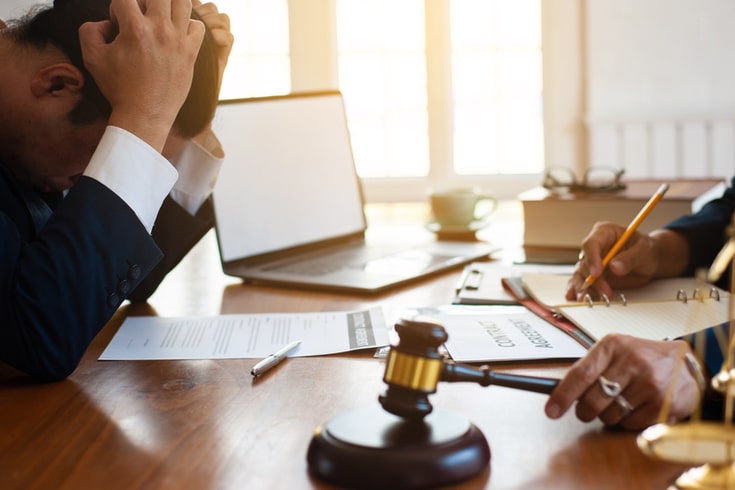
手続選択を間違ってしまうことによるリスク (Risks of Incorrect Procedure Selection)
As mentioned above, if you are a victim of defamation in a video on YouTube and aim to identify the poster, you initially have three options:
- Assuming that the video is not monetized, you can request the disclosure of the IP address through a ‘provisional disposition’.
- If you believe the video is monetized, you can request the disclosure of the name and address through a ‘lawsuit’.
- Or, you can proceed with both of the above.
However, there are certain issues with each approach:
- When initiating a ‘provisional disposition’, you inevitably need to go through three stages: (1) disclosure of the IP address, (2) log preservation, and (3) disclosure of the name and address. This process requires a certain amount of time and cost. If you can identify the YouTuber’s name and address with the second method alone, and you fail to realize this and use this method, you will end up needing an excessive amount of time and cost.
- When initiating a ‘lawsuit’, there is a risk that more than three months after the video post, it may be revealed that ‘Google did not know the YouTuber’s name and address (and therefore cannot disclose it)’. In other words, there is a risk that it will be impossible to identify the poster if you do not use the first method, and this will only become apparent after the time limit has expired, making it impossible to identify the poster.
These are the potential problems you may encounter.
Summary
Identifying the YouTuber who posted defamatory videos on YouTube is a highly specialized task that depends on what kind of information (IP address, address, name) Google has about the YouTuber. The ‘best’ procedure can vary based on this.
There are risks of wasting time and money on unnecessary procedures, and of failing to identify the YouTuber due to time constraints. Therefore, it is crucial to consult with a lawyer who has the necessary knowledge and experience.
Measures by Our Firm
Monolis Law Firm is a legal office with high expertise in both IT, particularly the internet, and law. In recent years, overlooking information related to reputational damage and defamation spread on the internet can lead to serious harm. Our firm provides solutions for managing reputational damage and online crises. Details are provided in the article below.
Category: Internet


